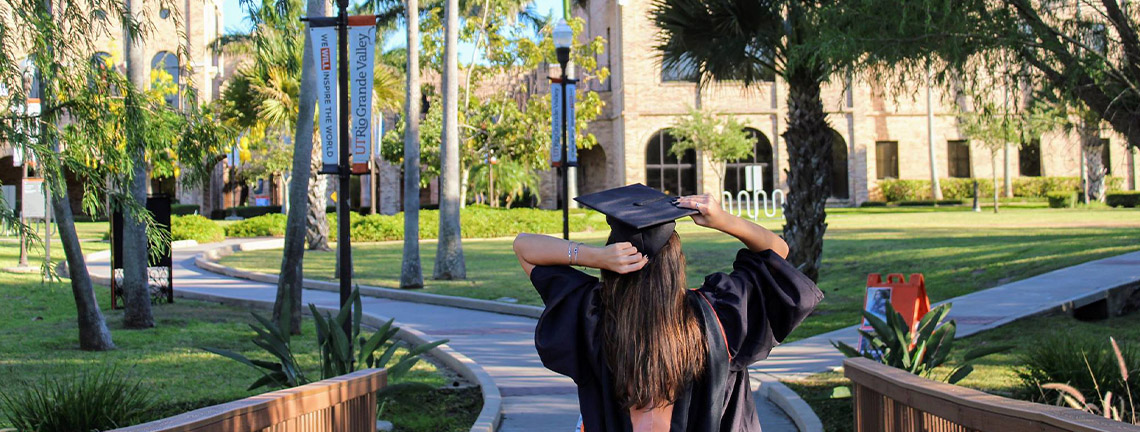
Theses and Dissertations
Date of Award
5-2024
Document Type
Dissertation
Degree Name
Doctor of Education (EdD)
Department
Curriculum & Instruction
First Advisor
Pierre MingTsan Lu
Second Advisor
Jair Aguilar
Third Advisor
Chandler Kang
Abstract
The study examines the perspectives of using the Desmos calculator of Algebra I students' conceptual understanding and procedural fluency to write, graph, and solve linear equations in Algebra I STAAR. While the students have continuously used technology for mathematics assessment, emergent bilingual students in South Texas still need help passing high-stakes testing. The framework of the study is grounded in the theory of mathematical education (knowledge of mathematics educators to teach), the theory of mathematical learning (understanding how students learn mathematics), and social constructivism. The study seeks ways to teach all students, mainly the minority, to learn linear equations in algebra. The foundation of the study was focused on the hypotheses and two research questions about the effect of the Desmos calculator on student's conceptual understanding and procedural fluency. The two data were gathered from the mixed methods, which are a causal-comparative method and clinical interviews. The methods will be used to analyze the causal effects of Desmos on student learning and elicit student understanding in solving ten-question linear equations problems. The participants' demographic was provided in Table 2, and parents' education in Table 3. The causal-comparative study has a population (N=47) that underwent experimental testing using a comparison group (n=22) and a treatment group (n=25). At the same time, the clinical interview randomly chooses students (n=14) for in-depth interviews assessing their conceptual understanding and procedural fluency to solve the problems using the Desmos calculator. The statistical data was collected and analyzed using descriptive analysis, paired t-test, independent sample t-test, Pearson’s r correlation coefficient, Cohen’s d sample effect, coding, and creating themes. The quantitative data was statistically analyzed using SPSS IBM 28V. Furthermore, the results indicated that the Desmos calculator enhanced the treatment group's conceptual understanding and procedural fluency compared to the comparison group. The result supports the alternative hypothesis that the Desmos calculator mediates the student learning and rejects the null hypothesis.
Recommended Citation
Madrilejos, L. D. (2024). The Perspectives of Using Desmos for Students’ Conceptual Understanding and Procedural Fluency to Solve Linear Equations [Doctoral dissertation, The University of Texas Rio Grande Valley]. ScholarWorks @ UTRGV. https://scholarworks.utrgv.edu/etd/1533


Comments
Copyright 2024 Larmel Dimatulac Madrilejos.
https://go.openathens.net/redirector/utrgv.edu?url=https://www.proquest.com/pqdtglobal1/dissertations-theses/perspectives-using-desmos-students-conceptual/docview/3085720623/sem-2?accountid=7119